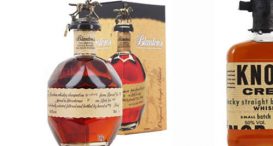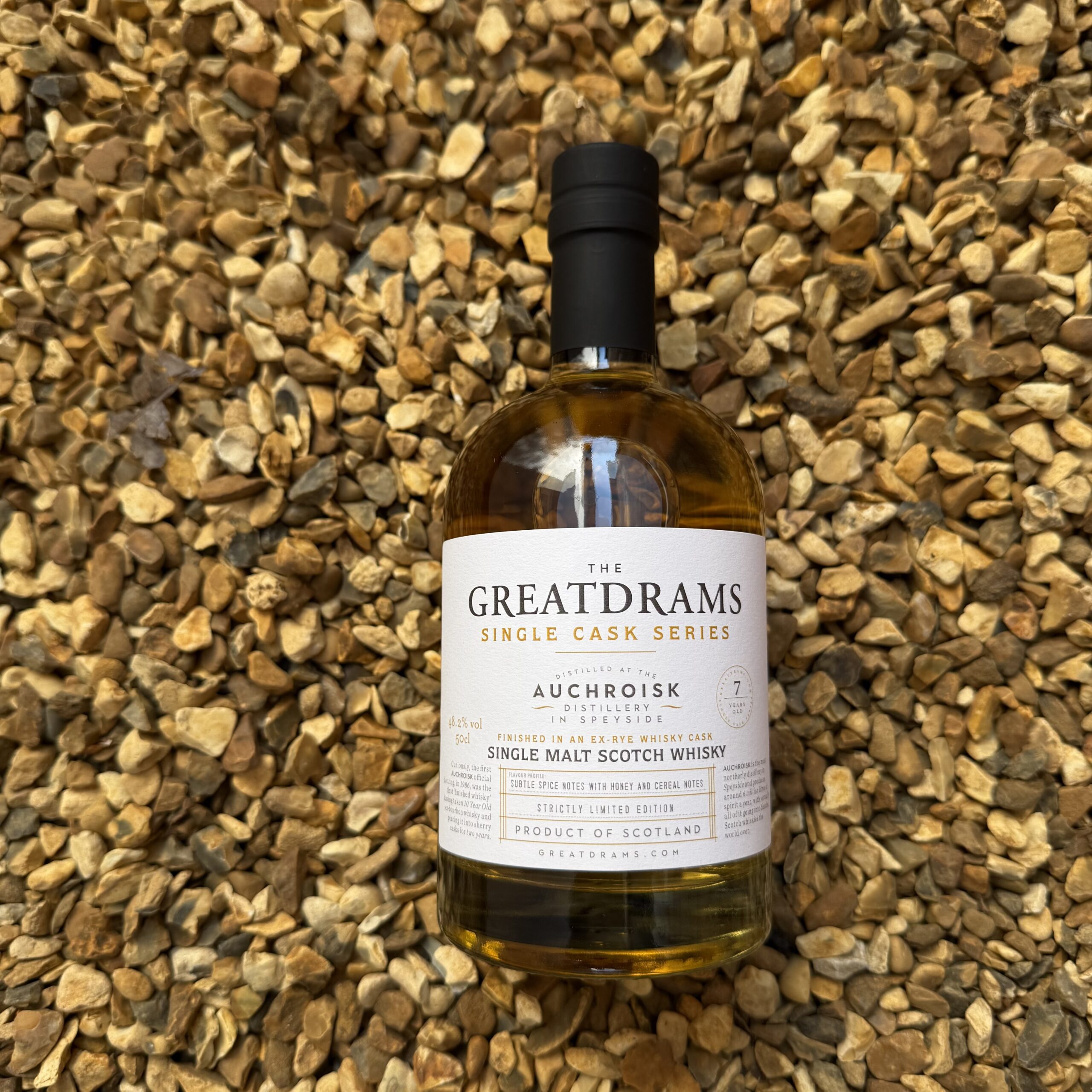15 Innovators in Whisky
let’s begin
Whisky has a long history that reaches right around the globe. We wanted to celebrate some of the big names in the industry and to give you the chance to learn more about those who made, and are continuing to make Whisky the mighty liquid that it is today. This is only a snapshot of the many innovators in Whisky who are out there and we at GreatDrams encourage you to go and find more for yourself!
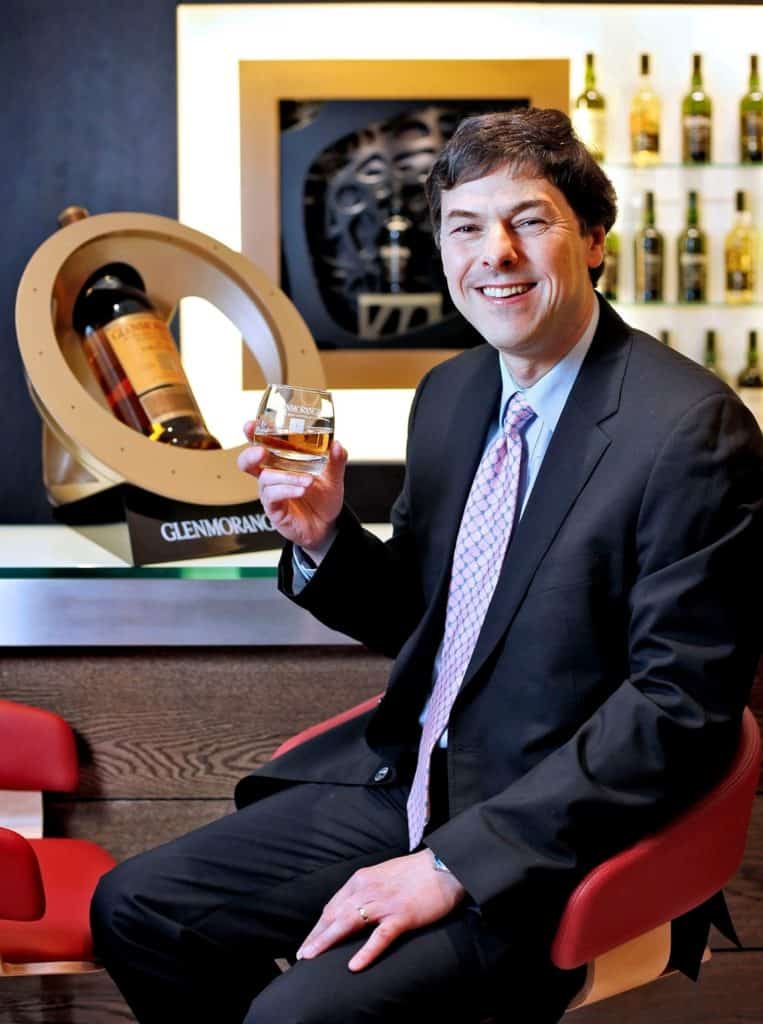
1. Dr. Bill Lumsden (b.1960)
Master Distiller of Glenmorangie, Bill has a PhD in biochemistry and joined the distillery in 1993. He innovated some ground breaking work in cask maturation, as is evidenced in Glenmorangie’s speciality finishes. Bill is renowned for the amazing and pioneering creations he concocts. He is well respected for innovative work he has done with wine casks, and believes that this is the key to making a very fine Scotch. And judging by his results so far, I think he might be right!
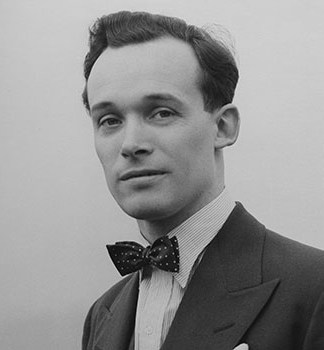
2. CHARLIE GRANT GORDON (B.1927)
Great-grandson of William Grant, Charlie Grant Gordon took over the running of the family Whisky business in 1953. Charlie innovated in the marketing of Whisky. It was under his command that Grant’s began selling the now iconic triangular bottles and packaging, making their products literally stick out from the rest. He also oversaw the opening of the Glenfiddich Visitor Centre, which was the first in Scotland. This started a trend that would forever change how consumers interacted with the product. Grant’s began trading across almost all continents, which is perhaps the biggest accolade contributed to Charlie’s hard work and dedication to his brand. This changed the face of trading for Scotch and without him it might not be as popular as it is today.
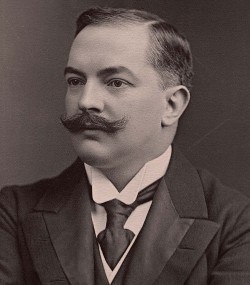
3. Thomas Dewar
Son of John Dewar, founder of Dewar’s & Sons Scotch Whisky, Thomas was an entrepreneur who sought to transform how Whisky was marketed and sold. He was intent in increasing the popularity of Dewar’s and did not fail in this task. Thomas took an interest not only in how the product was presented to the customer, but also what it tasted like. He experimented with blends, being careful to find the right one and when he did, he packaged it in a glass bottle with his company’s name proudly displayed on the label. This might not seem that innovative, but Thomas was the first person to do this. His skills were recognised, when in 1919 he was awarded the title of Baron Dewar, a sure sign of his brightness and the impression he left on those he interacted with.
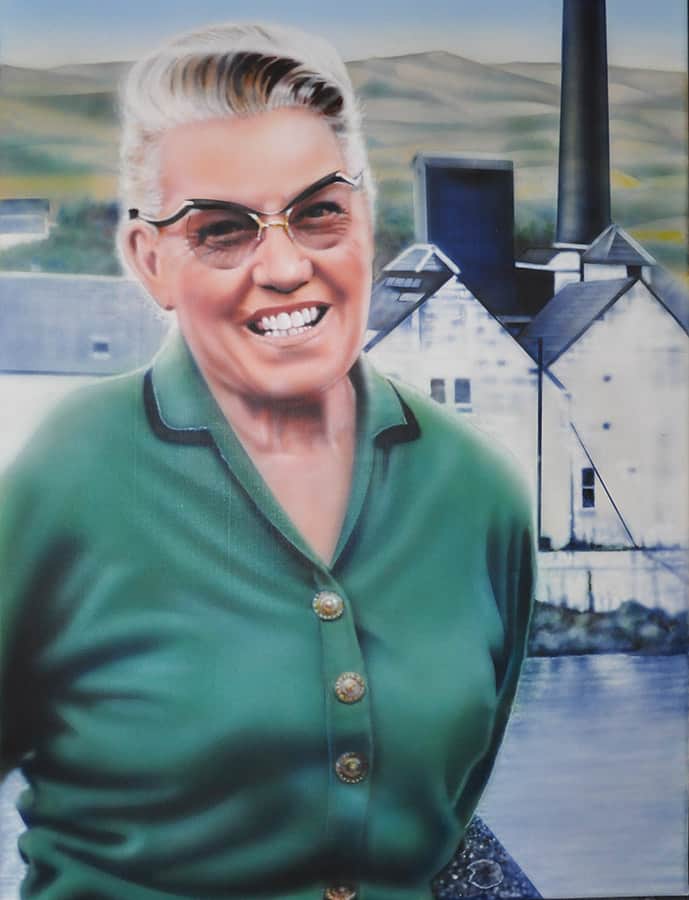
4. Bessie Williamson (b.1910)
Bessie Williamson first arrived on the island of Islay to take up the role of secretary for the Laphroaig Distillery and would, in a few years, find herself as distillery manager. She was quick and intelligent and caught the eye of Ian Hunter, distillery manager before her. When he suffered from a stroke in 1938, it was Bessie that he employed to travel with him on a tour of America. Bessie had impressed him with her hard work and dedication to the distilling process. Ian would later ask her to take over from him as distillery manager and on his death in 1954, she was bequeathed the whole of Laphroaig. This was a big task and clearly Ian saw what great potential Bessie had. As well as her great success in distilling, she was also awarded the Order of St. John by the Queen for her charitable work.
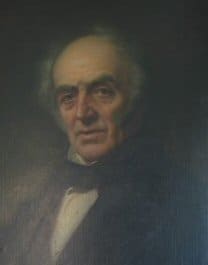
5. Andrew Usher II (b.1826)
Like his father before him, Andrew Usher II was a Whisky blender and without him, Scotch would not exist in the same way it does today. Previous to the innovation of Andrew Usher II, Scotch existed mostly within the confines of Scotland itself. When he began to experiment and refine his blends, the industry began to boom. His blending skills changed the world of Whisky completely and opened up so many new channels in distilling. It’s fair to say, without his work, Scotch would definitely not be what it is today.
6. JOHN URQUHART (B.1879)
John Urquhart was first employed by Gordon and MacPhail in their Whsky grocery store at the age of 15. As it happened, James Gordon retired and John MacPhail died within the space of two weeks in 1915. And that is how John Urquhart found himself as senior partner of the company. He had a good nose for good Whisky and became one of the foremost bottlers in the industry. He also took the initiative to fill and mature his own casks, often ageing them for longer than was normal. By 1950 the company had the greatest range of bottled single malt and was able to maintain the Whisky trade in the post war years.
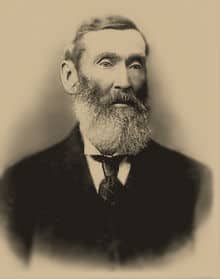
7. Aeneas Coffey(b.1780)
Known for the invention of the Coffey Still, which was an improved method of using column stills, Aeneas Coffey changed the way distillation occurred and the quality of the liquid produced. Coffey stills allow distillation to happen continuously, with no need to halt production. They also create a higher concentration of alcohol, making for purer malt. Coffey innovated to make these stills better and as such, improved the quality of every Whisky that has been produced ever since.

8. Robert (b.1859) and Walter Pattison (b.1860)
Although they eventually caused a huge crash in the Whisky market that saw many distilleries closed forever, the Pattison brothers pioneered new ways of marketing and trading Whisky. The legend goes that they once gave away 500 grey African parrots that had been trained to promote their brand. This is truly remarkable and not something you would get away with these days. But the Pattisons did and the rode the wave of success until it all came crashing down in 1896. But that in itself had a huge effect on the Whisky market and sorted the good from the bad in terms of which distilleries survived, and which died.

9. Helen Cumming
Helen Cumming set up Cardhu Distillery on the farm leased by her husband John. Starting out as only a single still, Helen created such good Whisky that she was able to sell on the strength of her own reputation. Other distillers would rely on the use of “Glenlivet’ as a prefix to bolster their own drams. She also lent a helping hand to her neighbours who distilled illicitly as well. When the excise men would come calling, Helen would not only warn her neighbours by flying a red flag, but she would invite them in for a cup of tea.
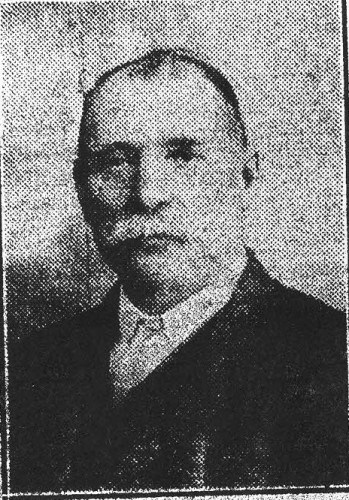
10. Charles Doig (b.1855)
Doig’s name is associated with many different distilleries still around today and it is something of a privilege the be able to say he designed your buildings. Consider him the Frank Lloyd Wright of the Whisky world. Doig was the innovator of the pagoda style roofs, known as the Doig Ventilator that kept the rain from falling on the barley as it was roasted over peat. He is credited with improving the overall efficiency of many distilleries and improving how Whisky is created.

12. Michael Jackson (b.1942)
Author of the best selling book Michael Jackson’s Malt Whisky Companion, Jackson articulated what so many try to say about the greatest drams available. He used words to create descriptions and opinions on Whiskies that are still looked up to today. People may not always fully appreciate the importance of journalists like Jackson, who dedicate their lives to help make others as passionate as they are about their topic. Tis is certainly what Jackson did in his time as one of Whisky’s greatest commentators.
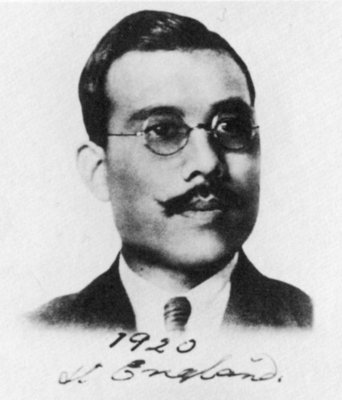
13. MasatakaTaketsuru (b.1894)
Japan has been Scotland’s biggest rival in the fight to be the world’s best Whisky. And much of that is down to the entrepreneurial spirit of MasatakaTaketsuru. In 1919 he followed his heart to Scotland to learn the art of distillation and after gaining a degree from the University of Glasgow, he took his knowledge right back to Japan. From here he was instrumental in the beginnings of Suntory and Nikka, who lead the Japanese Whisky industry today.
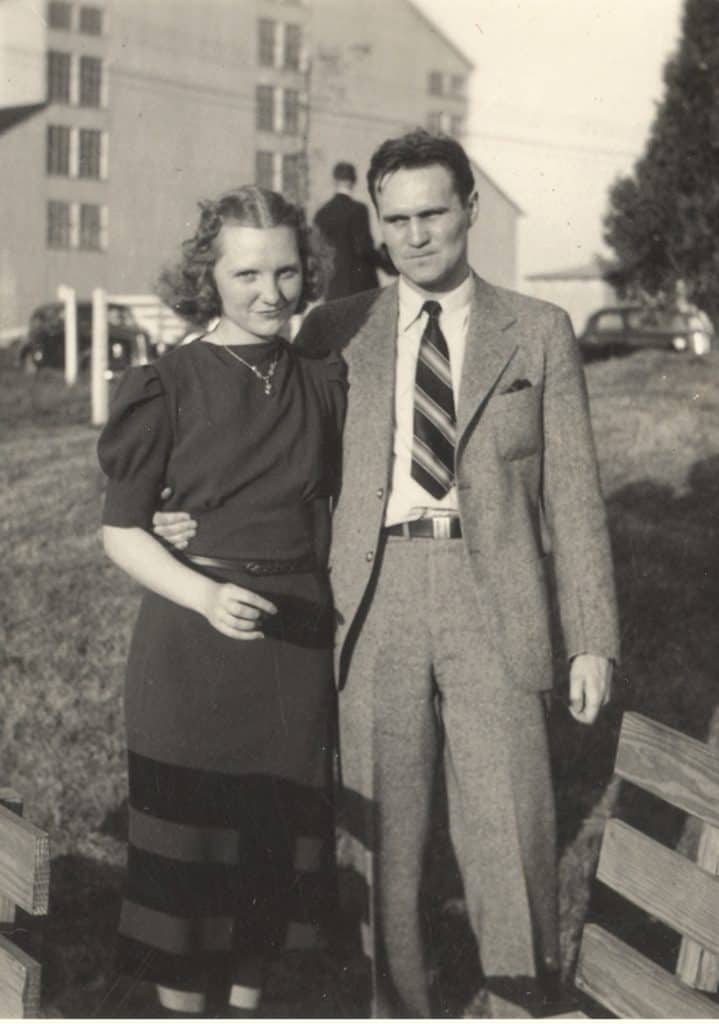
14. Marjorie Samuels
While her husband Bill Samuels created the recipe for Maker’s Mark, Marjorie was the one who created both the name and the iconic dripping red wax seal on the top of the bottle. Today, her legend lives on in the fact that Maker’s Mark still hand dip their bottles and have just one a court case against Casa Cuervo, who had begun dipping their Reserva Tequila in a similar manner. Marjorie knew how to make a bottle stand out and pioneered in the marketing of her own brand.
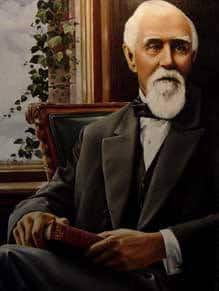
14. Hiram Walker
Founder of Hiram Walker & Sons, Hiram Walker was so influential in the Whisky trade that the American government introduced laws that would change how Whisky was sold in the US. The popularity of Hiram Walker’s Club Whisky caused outrage in the US. Despite being a US citizen, Hiram planted his distillery on the Canadian side of the Detroit River. The uproar from US distillers that followed his success meant the US government had to change their laws, stating the “foreign” Whisky now had to proclaim its country of origin on the label. As such, Canadian Club wa born, and continues to live on today.

15.George Smith (b.1792)
George Smith was the founder of the Glenlivet distillery in Speyside and was the first in the area to purchase a license to distil in 1824. This may not sound that impressive, but considering the abuse and death threats that followed, it was a monumental move at the time. Such was the level of violence threatened towards George, that his landlord gave him two pistols, now on display in the Glenlivet visitor centre, to protect himself. The Glenlivet was an extremely popular malt and its reputation was so good, that other distilleries in the same area would attach “Glenlivet” as a prefix to their own names, hoping to take advantage of some of George’s success.



